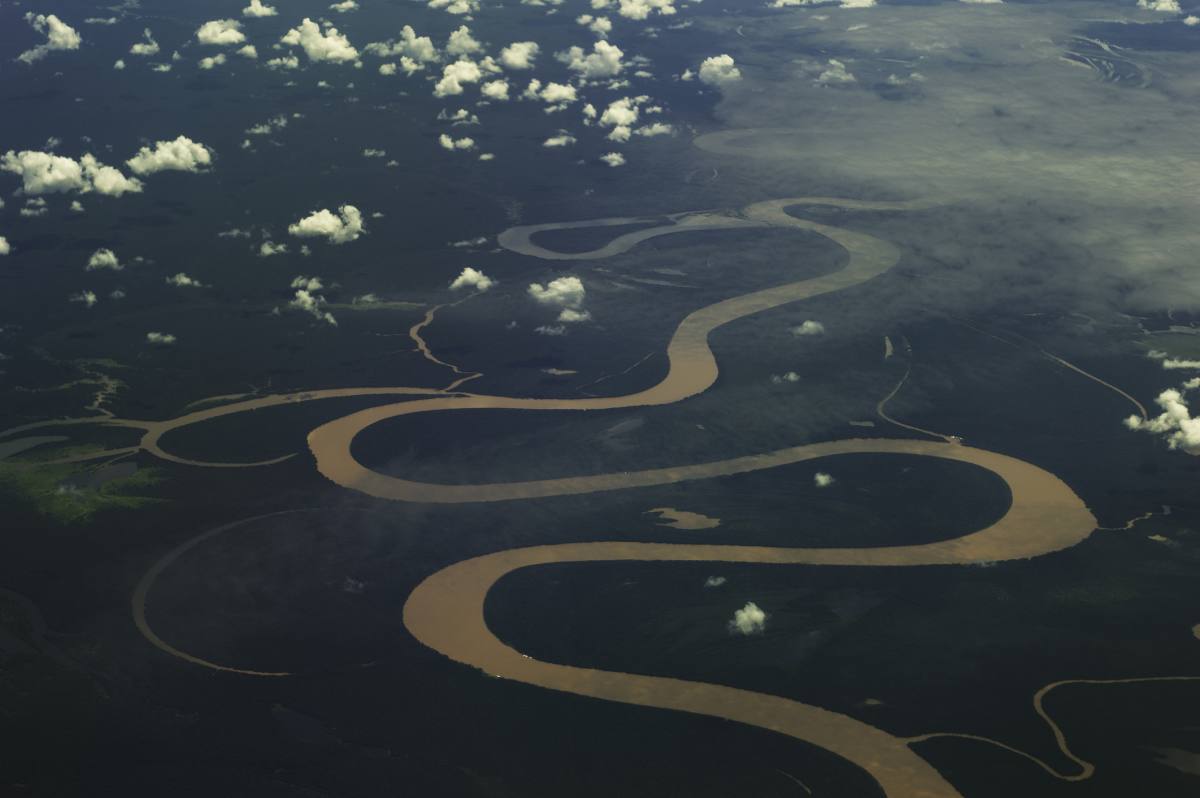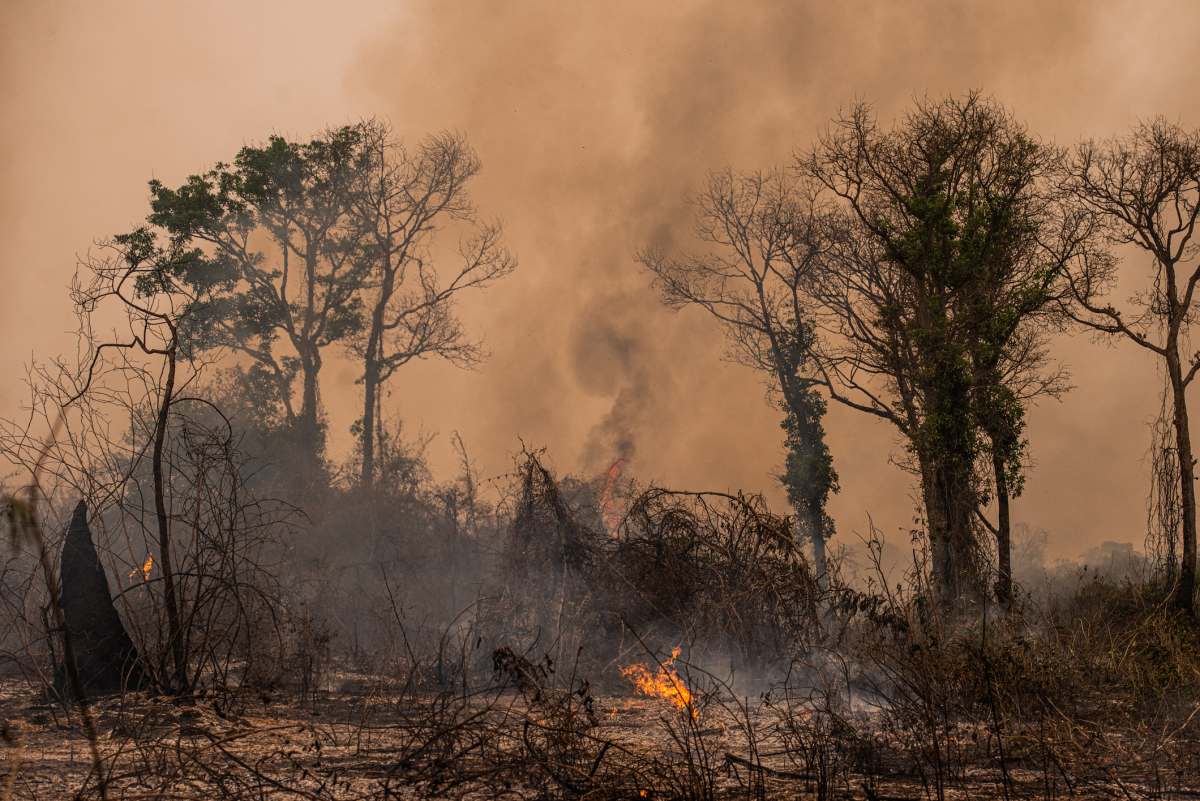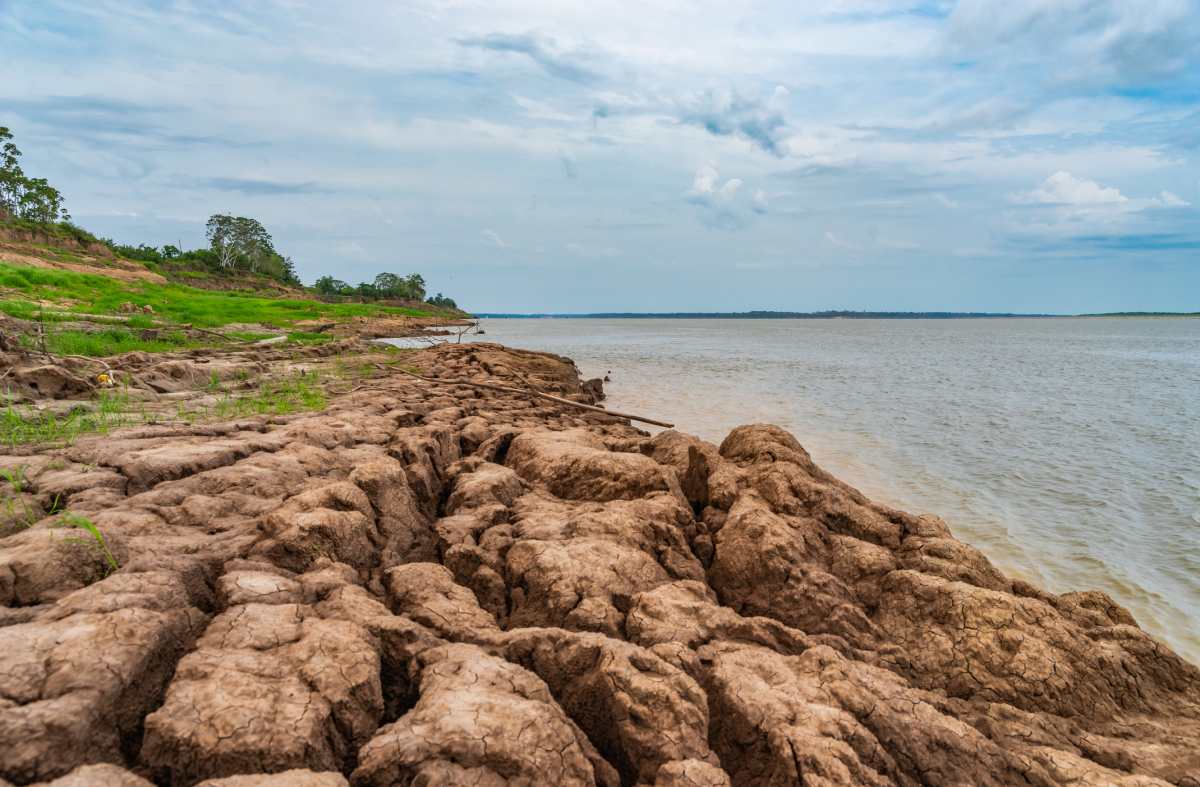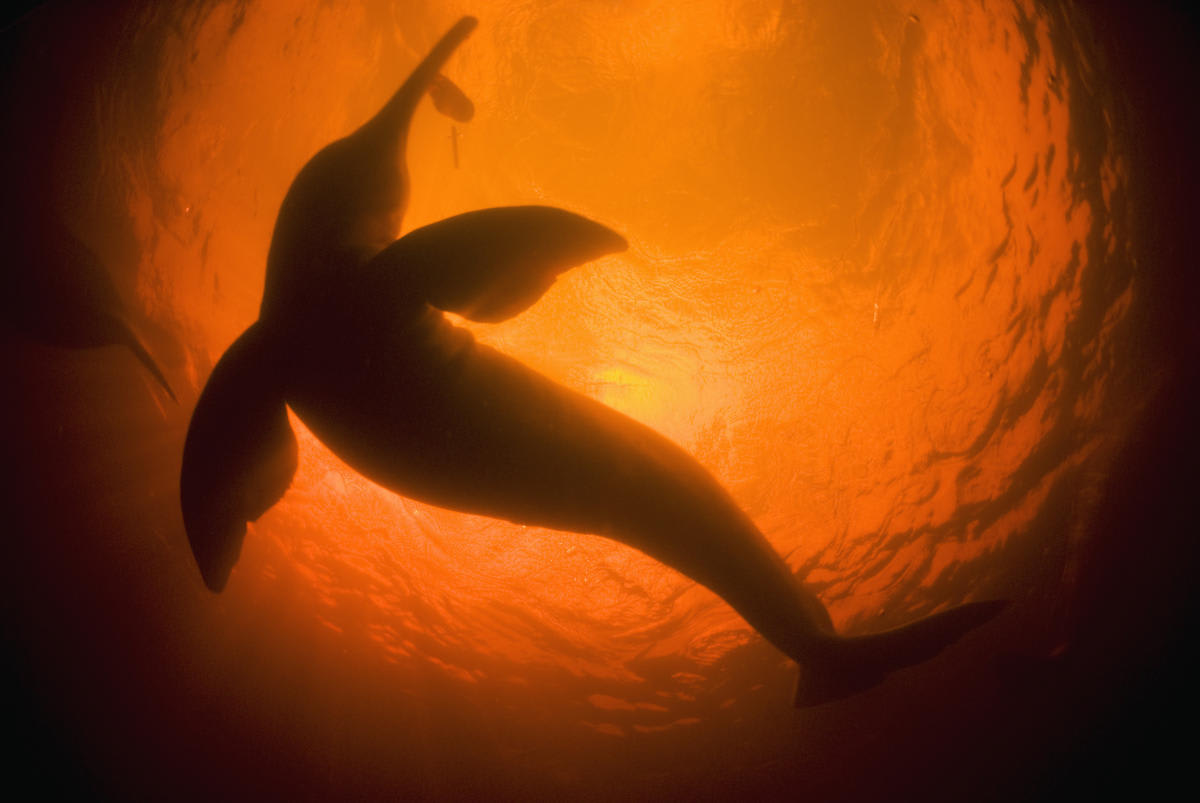The Future of Amazon River is At Risk As Climate Change Threatens Its Ecosystem And Wildlife

“If you’ve tasted jaraqui, you’ll never leave here,” Márcio da Silva Santos, the tuxaua, or the chief community leader of an Amazonian village named Betel, told the Science reporter Daniel Grossman (@grossmanmedia) as he skewered and roasted a fish over the coals. Jaraqui is a type of dolphin. Earlier, Santos would find plenty of jaraquis in the waters of the Amazon, but now the picture has changed. Ravaged by climate change, the Amazon, known for its unstoppable waters, isn’t the same anymore. Instead of a paradise of dolphins, the river now resembles a watery graveyard shimmering with carcasses of dead fish.

Grossman visited the River to document how it was responding to climate change. The response wasn’t too pleasant, according to the stories he documented for Science from the locals. Multiple stories, all telling the same tale, of how this monster called climate change is quelling and inhibiting the impregnable force of these wild waters. The episodes were documented sometime around the autumn of 2023.

As Grossman and his filmmaking team trudged through the river’s embankments, the surrounding Amazon rainforest, and the cluster of villages, he observed that the waters these days are sinking, drying due to extreme droughts, which are only exacerbated by searing heatwaves. Jungles are being swallowed up by wildfires, and recurring sandstorms are blotting out the Sun.

“Look, there’s a piece of ceramic,” forest scientist Jochen Schöngart exclaimed on an early autumn morning while gazing at the mud-oozing rocks emerging from the flowing water. Earlier, one had to dive into the river to be able to see these rocks, but now they are jutting upwards, featuring assorted, sullen faces, peppered with clumps of little watery bushes. It’s not about these petroglyph-looking rock faces. It’s about why and how these underwater ornaments are becoming visible on the surface. “We are undergoing massive changes in the hydrological cycle” of the Amazon Basin, Schöngart said.

Grossman recorded another climate scientist who was trying to read something from a stick-like device dug into the mud of the water. As he walked to him, he revealed that the device was a temperature meter, and it was, at that time, reading a temperature of about 39 degrees Celsius, while the normal temperature should have been around 30 to 31 degrees. In a laboratory nearby, scientists are investigating the carcass of a dead dolphin they found washing up on the shore of the Amazon, which, by the way, is quite unsurprising these days.

On September 28, when the temperature was discovered to be 39 degrees, dozens of such corpses were discovered to be floating on the water. “It was something we could never expect. It really hit hard,” oceanographer Miriam Marmontel said, recalling that day. In the laboratory, scientists cut open the lungs and brains of the fish carcasses and discovered that the culprit wasn’t some toxic chemical, some heavy metal, or some poisonous substance. It was, rather, climate change, as they had expected.
Massive changes in rainfall in Amazon Basin already killing freshwater dolphins and fish, and making lives of indigenous people harder. https://t.co/zPU5kanJgd
— Daniel Grossman (@grossmanmedia) February 18, 2024
A modelling experiment later revealed that climate change hasn’t just obstructed these waters, but is also contributing heavily to precipitation and hence, agricultural drought, extreme rainfalls, and flooding. And while the floodwaters rush into the surrounding forests, they gobble up trees, causing them to die. Houses, too, aren’t dry enough to prevent getting soaked up by these waters. During unusual wet seasons, residents have to install temporary floors to avoid flooding. These desiccating trees, these dying fish, these emerging underwater rocks, these drowning villages; all these clues sitting in scientists’ notebooks are horror stories whose ending they don’t yet know.
More on Green Matters
Haunting Google Earth Timelapse Shows How The Amazon Has Changed Over the Past Four Decades
The Amazon River Flowed Backwards For Millions of Years — And Scientists Just Found Out Why
Study Says Climate Change Is Taking a Bigger Toll On Moms Than Dads And We Totally See Why